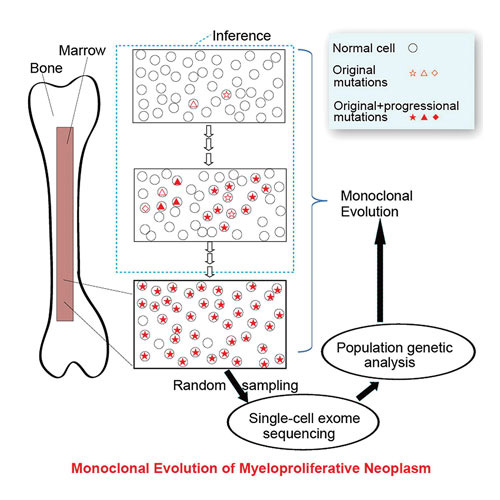
As one of the most prevalent causes of death across the globe, the burden of cancer is still sharply increasing, predominantly due to the aging population. As such, the current focus of many researchers is on how to accurately diagnose and treat various cancer types. However, human cancers usually carry several different genomic variations, such as copy number variations and point mutations, which essentially lead to tumor heterogeneity. These tumors therefore display different cellular morphology, gene expression, metabolism, motility, proliferation, and metastatic potential. This phenomenon occurs both within individual tumors and between different tumors in the body.
This inherent variation of cancer cells causes significant issues in the development of targeted therapies. Drug development has previously focused on the genomic differences between complex mixtures of cells, employing techniques that may obscure the heterogeneity of single cells, leading to the development of less efficient treatments.
For the rest of the story, click here.











